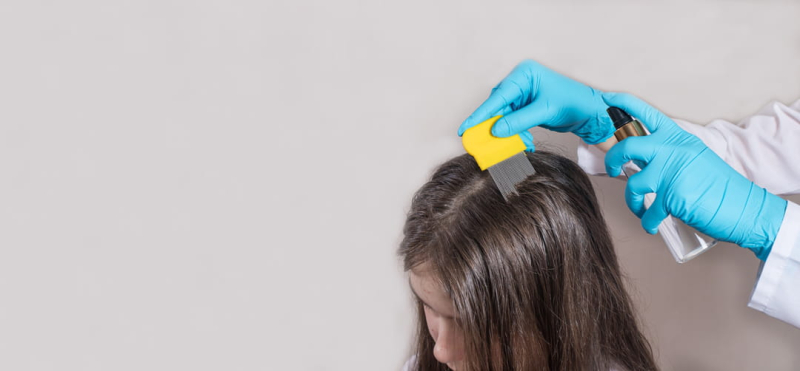Every year, children's heads are invaded by lice and some seem to attract them more than others.
At school, one of the most dreaded worries by parents is lice. These little creatures seek blood under the skin and use the hair to cling and not be expelled. This is why it can cause itching. When two heads meet, lice can pass from one to the other, but know that they do not jump, contrary to popular belief. They can also be found on cushions or headrests. They also multiply quickly in the form of nits: each female louse can lay up to 10 eggs per day. These parasites circulate all year round and there is no specific period, except for school periods and winter, which are more conducive to the coming together of blond heads.
To treat them, it is often recommended to use a lice comb that has very fine teeth. Products can also be used, but you must follow the application instructions carefully: “Be careful to respect the application time. You only count down after having distributed the product over the entire head of hair. And you only comb after washing your hair. Also remember to: “treat the comb beforehand with boiling water,” explains specialist Berthine Toubat, who studies lice in a laboratory at the University of Orléans, to the Voix du Nord of Tours.

Lice also have some small preferences in terms of hair. According to the specialist, this has nothing to do with having dirty hair. Lice affect girls more often because they can exchange their scrunchies or headbands and generally have longer hair: “Lice like their long hair to cling to and move from one head to another,” explains the expert. It could also be a matter of skin odor and hormones.
While lice are often found in elementary school, teenagers can also be very affected and often by larger infestations. Having a lower sensitivity to itching, they are less aware that they have them in their hair, giving the lice time to multiply. “The main symptom of a lice infestation is itching. However, adolescents are less sensitive to it: during the growth period, one can begin to scratching only one, two, or even three months after the arrival of the critters,” explains Virginie Thoby, biochemist and professional louse remover, to France 3.
While the lack of prevention among adolescents can explain this phenomenon, another, more unusual cause is also put forward: selfies, which are also responsible for the exchange of lice. "The “Phone screens aren't wide, so they have to get close to take the picture,” assures the specialist. An ideal situation to allow the little insects to pass from head to head.

